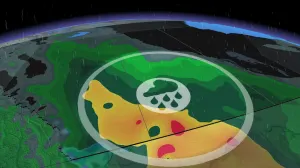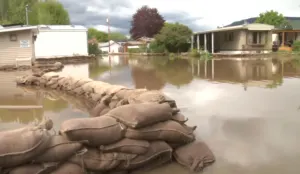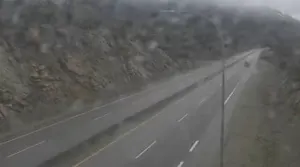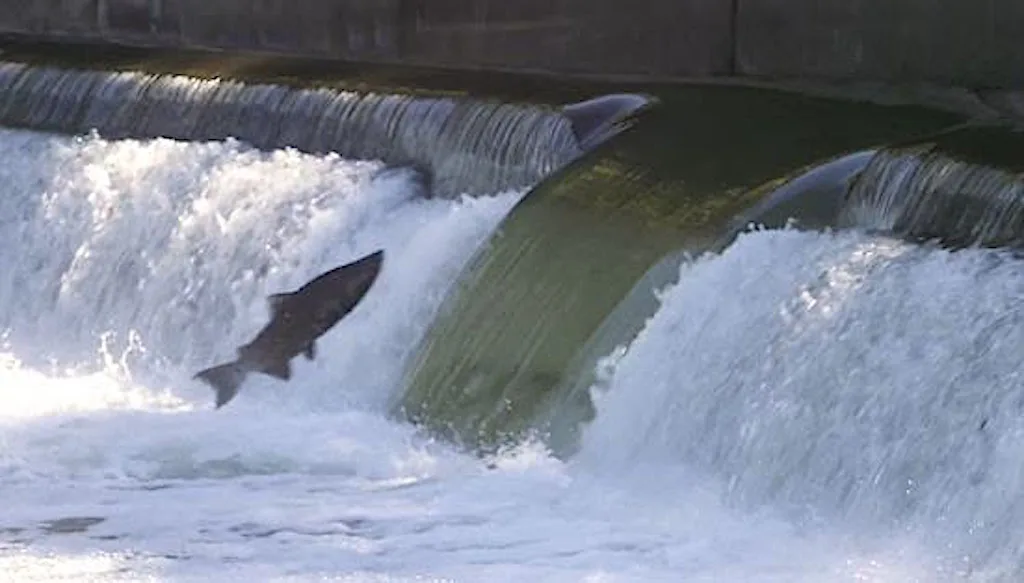
Flying fish: Annual chinook salmon migration underway in the GTA
Hundreds of thousands of salmon will be looking for the perfect spot to spawn in the next few weeks, and they aren’t letting any obstacles get in their way -- including dams.
When you think of salmon migration, you probably don’t think of Toronto and its waterways, but this is perhaps one of the best places to catch a glimpse of the salmon soaring above the dams.
“This is the annual migration of adult salmon from all across Lake Ontario, and actually, the Great Lakes. Salmon move and migrate up from the lake into the river systems and streams, and they are on a mission to spawn,” said Rick Portiss, the senior manager of environmental monitoring at the Toronto and Region Conservation Authority (TRCA).
SEE ALSO: ‘It's one of Toronto's best-kept secrets:’ Fishing in the city
These are adult chinook salmon, also known as king salmon. The females can grow up to 30 pounds and they have about 5,000 eggs. The spawning season marks the end of their life cycle as these fish are terminal spawners. Out of the 5,000, only few will survive.
“That's the whole strategy of a salmon or a species that lays a lot of eggs, or has a lot of young, is that there is a low percentage of survival. We may see a really low return, as low as one to three per cent return,” said Portiss.
You’ll typically see the salmon begin spawning at the end of September, all the way to early- to mid-November, but peak season is mid-October. That’s when you’ll see the most salmon in the waterways.
WHEN IS THE BEST TIME TO CATCH A GLIMPSE OF THE SALMON?
Believe it or not, salmon have a weather preference.
They are especially active after a heavy, cold rain.
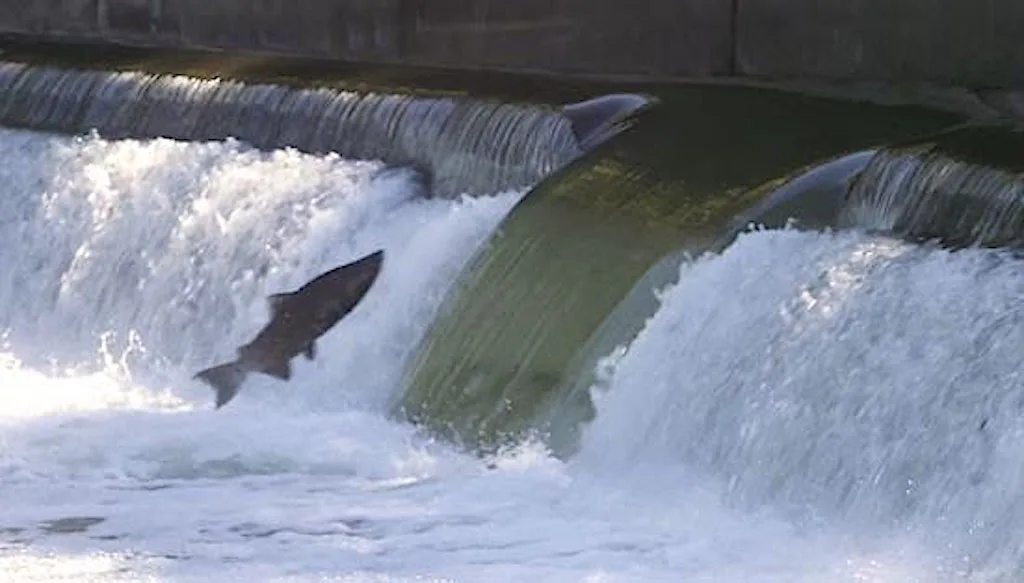
Salmon attempting a jump over the Old Mill dam during the 2020 migration season. Photo: David Hodge.
“In late September, they’ll what they call “stage” down at the lake, or down at the mouth of the river. They’re sitting there waiting for an event, which typically turns out to be a really cold rain or a long rain,” said Portiss.
The rain drives them to head higher into the watershed.
“The water levels have come up a bit and now they know it’s time to go,” he added.
EVER HEARD OF A 'SALMON LADDER?'
It’s a mechanism to help the salmon get over dams that prove to be too big for them to jump over.
“A fish ladder is a structure that has a series of small pools inside it. It makes a gradual elevation change from the lower part of the river to the upper part of the river and the fish have an easier time making their way up through the system,” said Portiss.
Yes, the fish use the ladder.
“On a really, really good day, when the fish are moving up the river, you can actually look down into this fish ladder and you'll see the big salmon moving up through it. Sometimes up to 30-lb salmon are right below you, right below your feet,” he added.
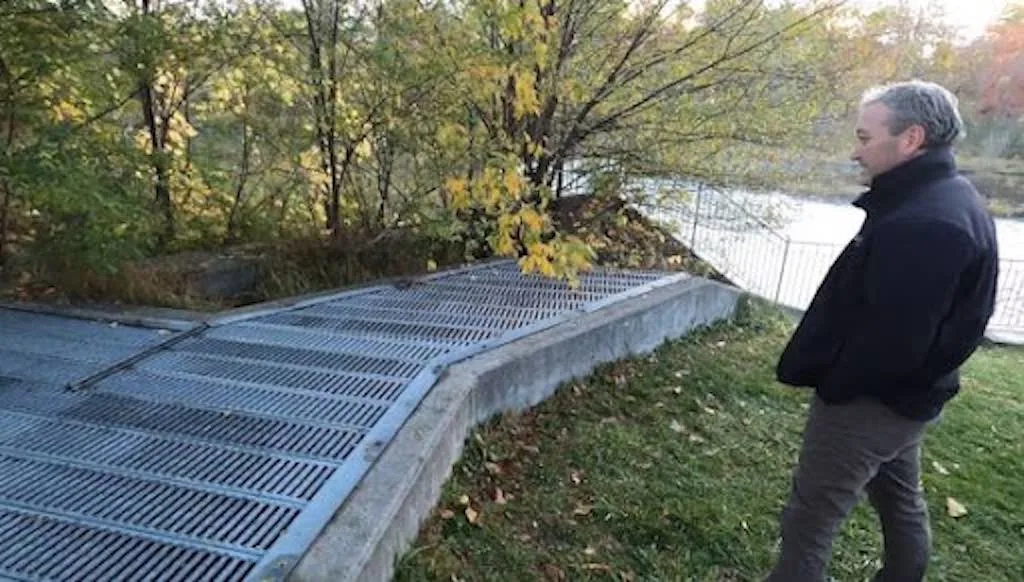
This is a fish ladder, a structure used to help fish make it up and over the dam. Photo: David Hodge.
WHAT HAPPENS WITH THE DEAD SALMON?
It’s all part of the cycle of life.
The fish carcasses drift downstream and eventually break down to feed other animals.
“The nutrients from the body will feed the small bugs and the invertebrates on the bottom, which in turn will feed the baby salmon after they've hatched. So it's a natural cycle and they should be left in the river,” said Portiss.
“We sometimes will get complaints about dead salmon in the river and it can be a bit stinky, only for a couple of weeks though, but it's something to put up with. We say to people that it's a natural phenomenon and it's something that we need to put up with in order to have this very unique phenomenon in the river. It's just something that's part of the natural system in the natural environment.”
Watch the video above to find out where the best spots are to watch the salmon run.
Thumbnail courtesy of David Hodge.







